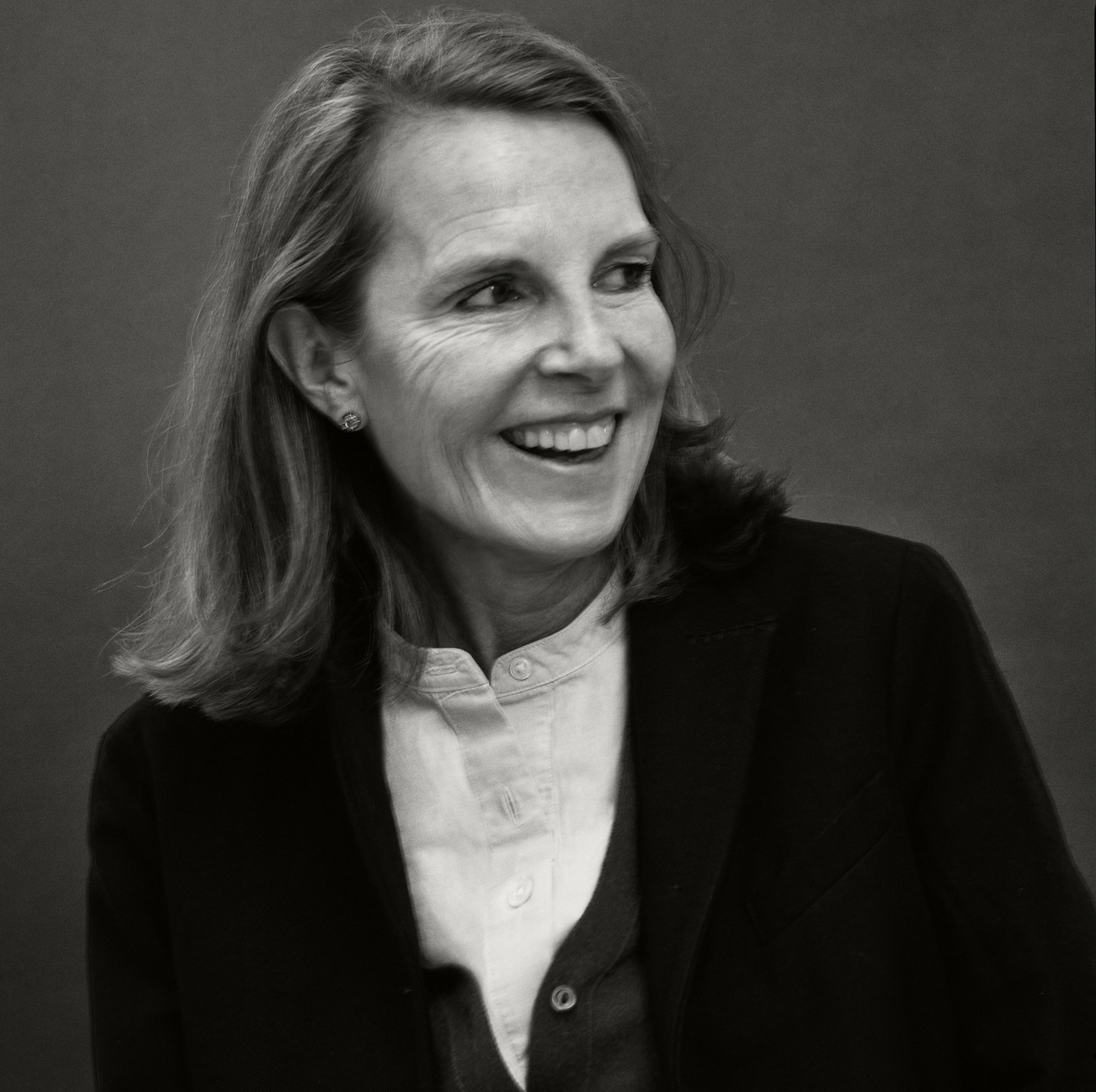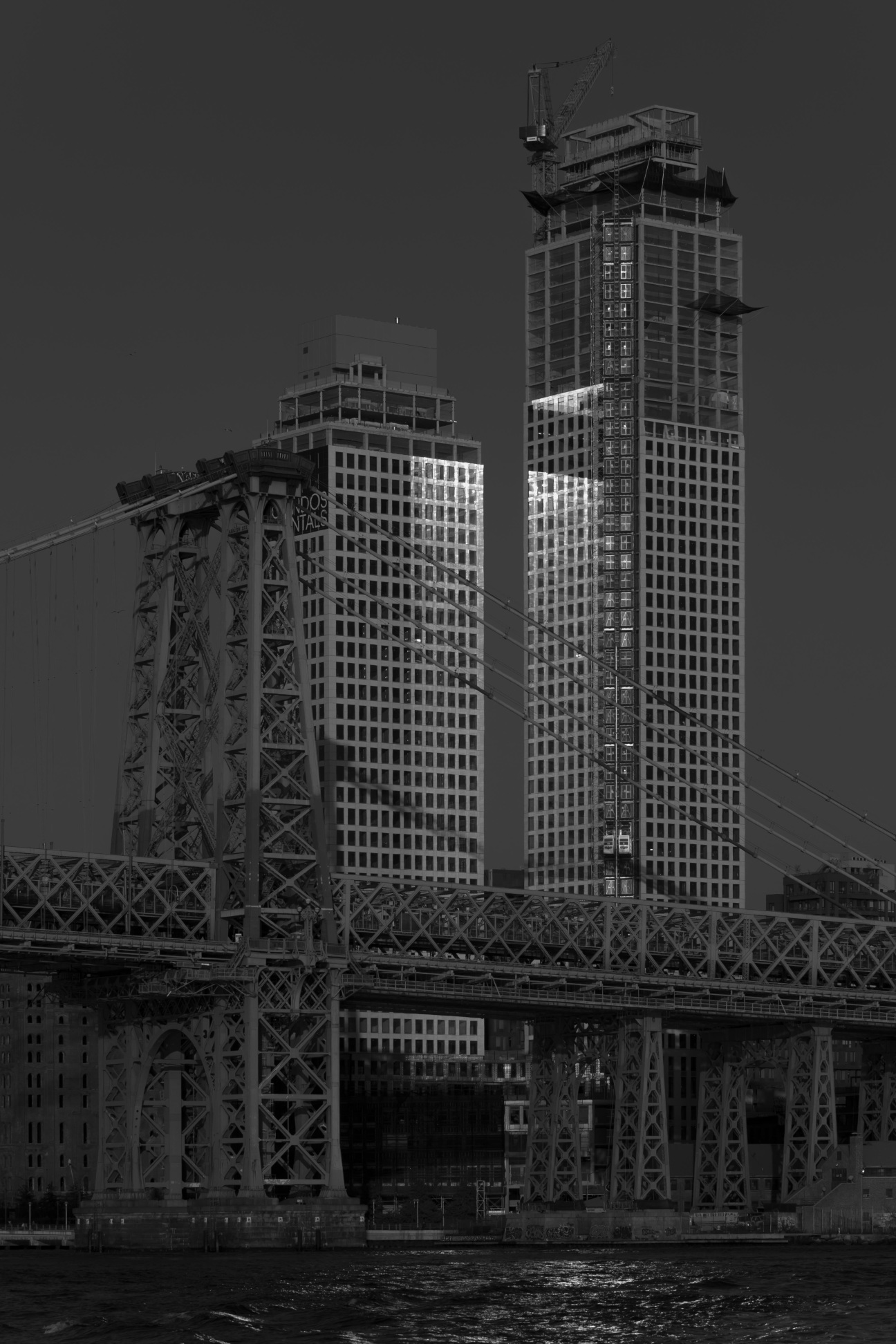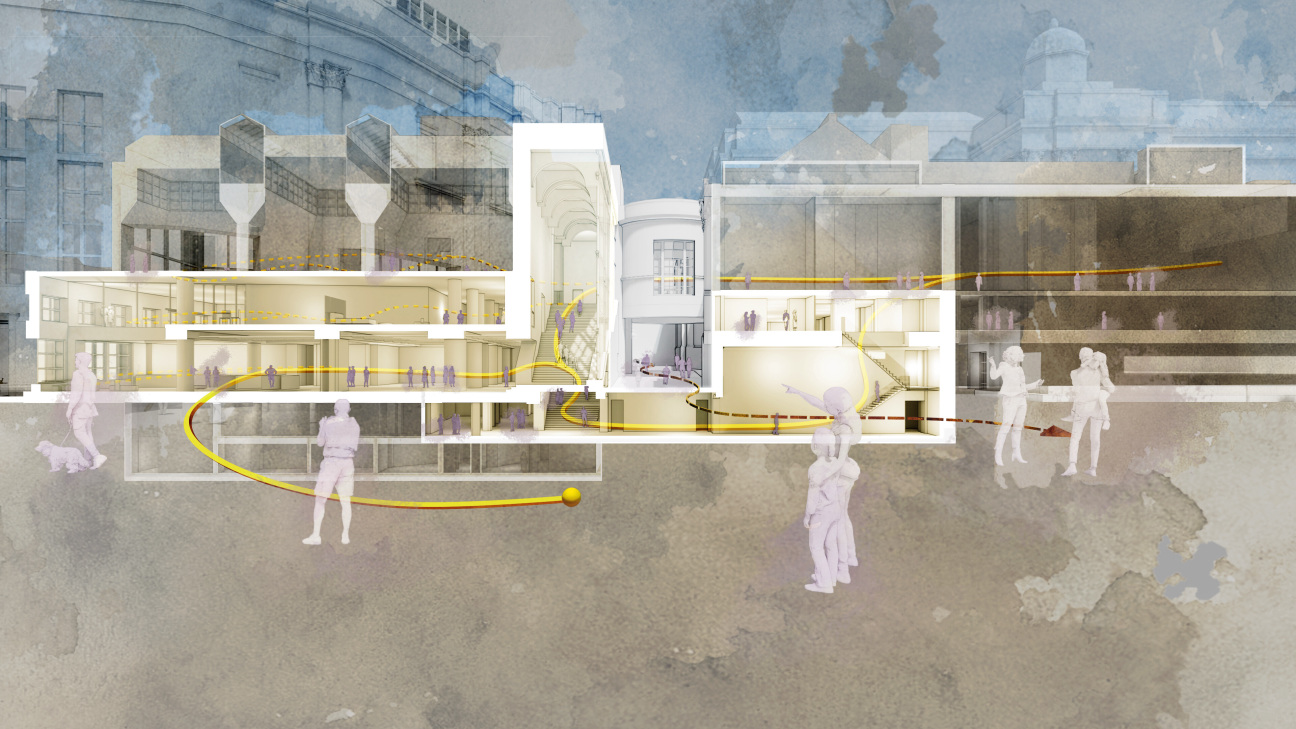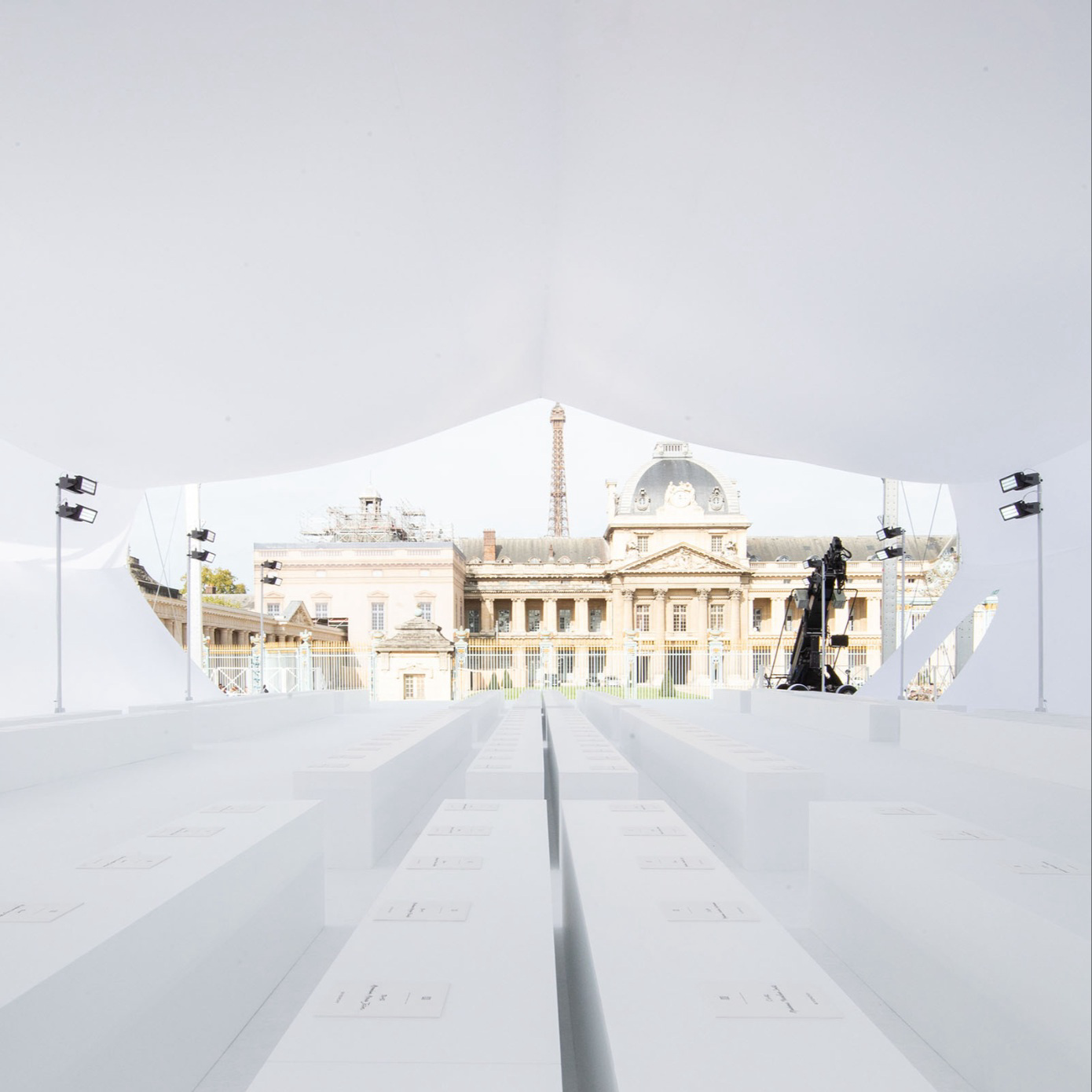
I have been a studious fan of architecture since I reluctantly honeymooned in Portugal to tour social housing projects by Álvaro Siza in the early 1990s. Decades later, I remain passionate from the sidelines and often in dialogue with those who are obsessed with the built environment. Magazines and influential Instagram accounts emphasize the finished project, oftentimes leaving behind the artistry of its authors. CULTURED’s new monthly column, Spatial Awareness, is meant to pull back the curtain (just a little) on some of the most original voices working in architecture today.
When discussing Annabelle Selldorf's architectural practice, the same word comes up again and again: she’s so sensitive to interiors, so sensitive to old buildings. Members of the boys’ club can't help themselves. Even as they nod to her elegant lines and skillful blending of historical and contemporary styles, they also domesticate, if not feminize, her work.
But Selldorf’s newest project summarily rejects this characterization. Selldorf Architects, a 60-strong firm based in New York City’s Union Square, is building its first two towers at One Domino Square in Brooklyn. The project, due to open later this spring, is part of Two Trees Management Company’s masterplan to redevelop the Williamsburg waterfront.
As Ada Louise Huxtable famously surmised in a 1982 New Criterion essay, "The skyscraper and the 20th century are synonymous; the tall building is the landmark of our age … It is the dream, past and present, acknowledged or unacknowledged, of almost every architect." Selldorf now joins a handful of women (Jeanne Gang, Zaha Hadid, Francine Houben, and Lu Wenyu) who have achieved skyscraper status. When I ask her how she feels about this momentous occasion, she replies with characteristic understatement, "It's cool."
Selldorf's father was an architect and her mother, an interior designer, so the pithy conclusion is that design is in her genes. Perhaps unexpectedly, then, she shares that self-doubt both hinders and propels her process. Our banter touches on the complexity of current attitudes, where surface trumps infrastructure and style is paramount. She concludes her train of thought with a question: Can luxury projects shift paradigms?

The jury may be out on just how much a skyscraper can influence life on the sidewalk, but what is undeniable is Selldorf’s impact on the art world. A commission to design fellow German emigre Michael Werner’s Upper East Side gallery in 1990 was her first foray into tackling the white cube. From there, A-list gallerists sought out her services for exhibition spaces and their personal homes (Barbara Gladstone, Per Skarstedt, Ivan Wirth, and David Zwirner, to name a few).
Over the past decade, museum after museum has called upon her astute and methodical sensitivity for projects ranging from adaptive reuse to expansions to brand new construction. She doubled the size of the Museum of Contemporary Art San Diego and is providing an additional 40,000 square feet of exhibition space for Canada’s juggernaut museum, the Art Gallery of Ontario. Selldorf reminisces that her approach has endured since the early days of her one-desk office. She is obsessive, exploring every aspect of each design, steadily gaining confidence through her years of experience.
This year is an auspicious one for Selldorf Architects. The Frick Collection finally reopens later this fall with Selldorf's much-anticipated additions following several false starts in the 2000s and a more public failed expansion attempt in 2014. And when One Domino Square is complete, Selldorf will break a glass ceiling—and, in the process, shatter a few long-held assumptions about her work.
IN HER OWN WORDS
What was your favorite toy growing up?
I don’t actually remember playing with toys. We did all kinds of things—bicycle riding, jumping rope, and we spent time drawing. But perhaps I just forgot—no toys come to mind.
Whose house would you live in (real or fictional) and why?
Always my own. No matter what beautiful places I see, I never want someone else’s life or house.
What is your go-to uniform when you're powering through a project?
It seems that I have forever worn more or less the same clothes: dark blue pants or jeans, a white or a blue shirt, a jacket, loafers or boots… still not bored with that.

Are there any analog materials you return to in spite of the prevalence of new technologies?
Drawings, drawings, drawings. Drawings serve scale, proportion, and composition. Drawings don’t lie—renderings do.
Who chooses the playlist in your studio?
Those days are long gone… no more music in the studio. People seem to be wearing headphones and choose their own listening pleasure. There was a time though when we took turns with our favorite albums. Massive Attack and Morcheeba were some of the favorites.
What’s a trend in architecture you wish would die out?
What is one detail of a structure that most people wouldn't notice, but that you always look to for insight?
The level of resolution brought to a given space. There is always some kind of thesis underlying architecture, and I find it interesting to what extent that is carried through. So what I look for is different in every case.
What is the most progressive architectural city you’ve visited?
Maybe Doha? It depends on the interpretation of “progressive.”
What is your last source of inspiration that surprised you?
Again, maybe Doha.



